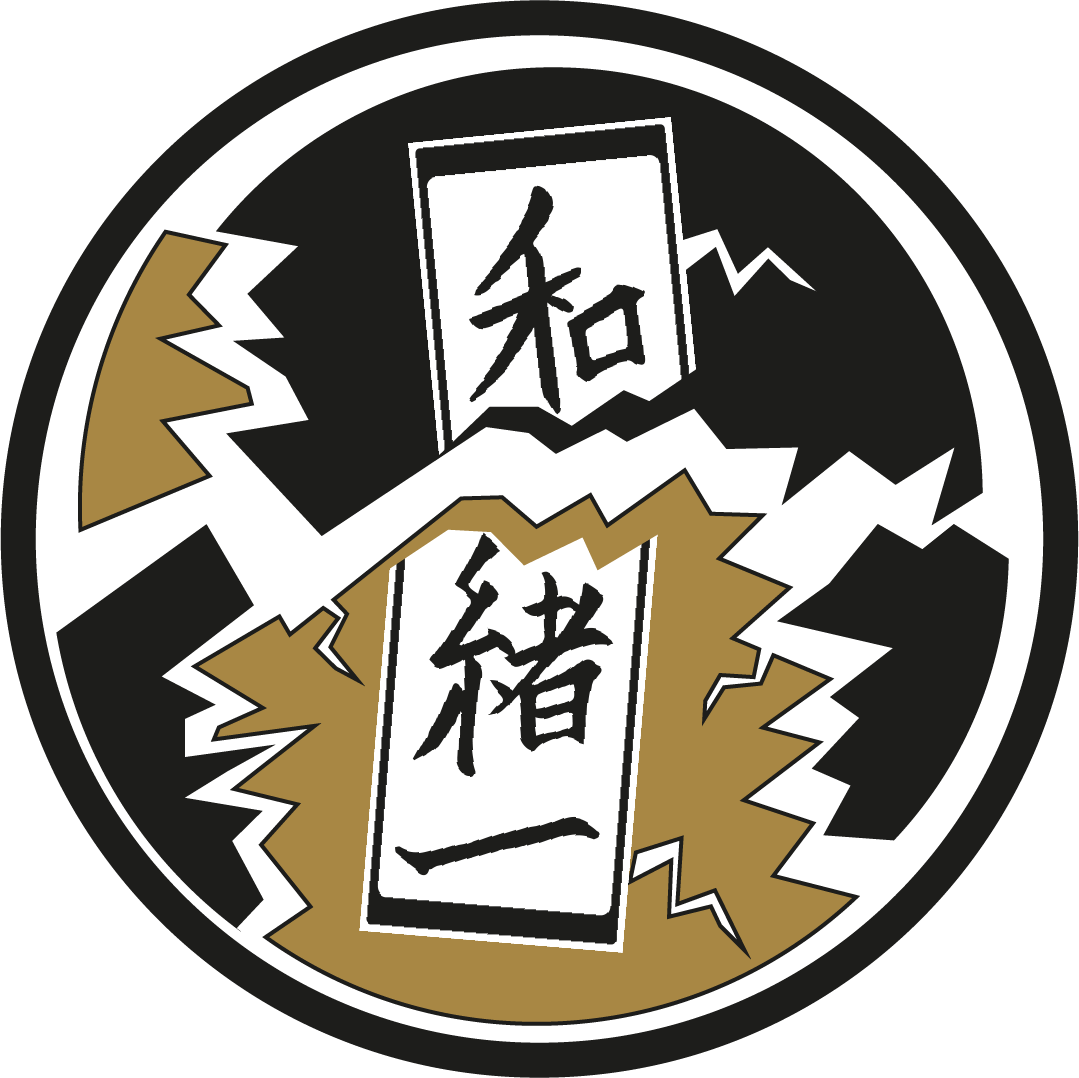Te-Form: Important When Learning Japanese (Part 1)
When you start learning Japanese, it won’t take long until you come across the so called ‘te-form’. Simply put, the te-form enables you to combine one word with another. This act of combining is a part of a plethora of different grammatical structures. In your textbook you will encounter the te-form over and over again. Perhaps the first function of the te-form you will learn about is the one which combines several verbs that happen in a sequence, creating a list of activities – substituting the word “and”. E.g., ‘I eat, drink and do the laundry’: watashi wa tabete nonde sentaku wo suru. 私は食べて飲んで洗濯をする。In this sentence we have used two te-forms; tabete 食べて (eat) and nonde 飲んで (drink) in order to combine the three activities: eat, drink and do laundry. What you may have already noticed is that the te-form of tabete and nonde don’t quite look the same. The former ends with ‘te’, the latter with ‘de’. This stems from the fact that tabete and nonde do not derive from the same verb category. Tabete in its basic form reads taberu and nonde in its basic form reads nomu, which means that taberu belongs to the ru-verbs and nomu to the u-verbs. When it comes to the te-form, however, things get trickier, because it is not enough to know whether you are dealing with a u- or ru-verb (or an irregular verb such as suru or kuru) to be sure what the te-form will actually be. So, you see, the term ‘te-form’ itself is just a simplifying umbrella term.
Read part 2 of this blog post to learn about a trick you can use to differentiate between various versions of the te-form.
Written by Jannick Scherrer

